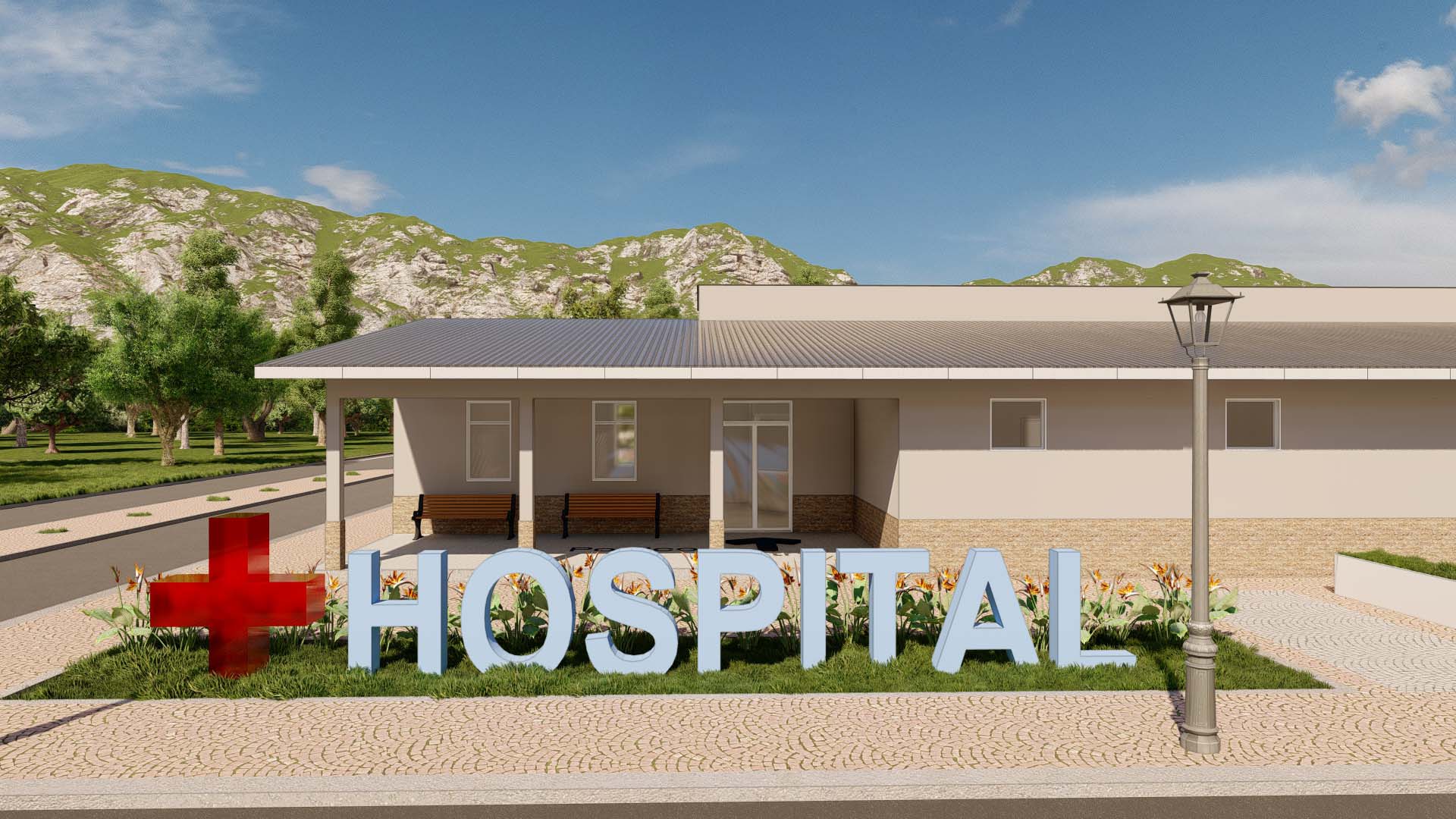Disaster Relief
As Climate Change causes more natural disasters, as it causes more people to flee inhospitable environments, as war and conflicts create waves of refugees seeking escape from life-threatening events, temporary housing is becoming more and more in demand and vital to provide to those people. Governments and Non-governmental Organizations (NGOs) often only have tarps and tents to supply, which are inadequate for many climates and especially for long-term occupancy.
The Simplus Building System offers better alternatives than tents and the shanty towns that often result from unmet housing needs. The Simplus panels are able to be "flat packed" in an unassembled package of floors, walls, and roofs and then delivered to places where they can be quickly and easily assembled, using only standard manual or power tools. Foundation blocks, windows, doors, interior and exterior finishes, and mechanical systems can be provided to the levels desired by the supplying agency. With the highly insulative properties of the Simplus panels, the need for mechanical conditioning is greatly reduced, and much smaller, more efficient systems powered by photovoltaic (PV) can be utilized, eliminating the need for extensive infrastructure. Sizes of such relief units can be as small as just 3-panels formed into a temporary "Pup Tent" shelter, or into full height rooms starting at 8'x8' in area.
The emergency relief housing can also later be turned into permanent housing with additions of similar prefabricated packages of materials. If desired, the temporary housing can also be disassembled and relocated to another location or put back into inventory.
Other supportive structures are also available, such as medical clinics, schools, cafeterias, police, and working environments. Regardless of the structure, the Simplus panels provide safety, security, durability, and comfort not available from most other solutions.


